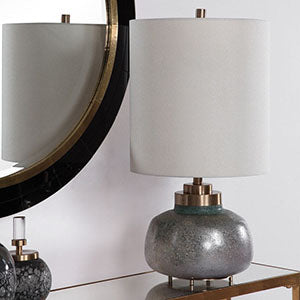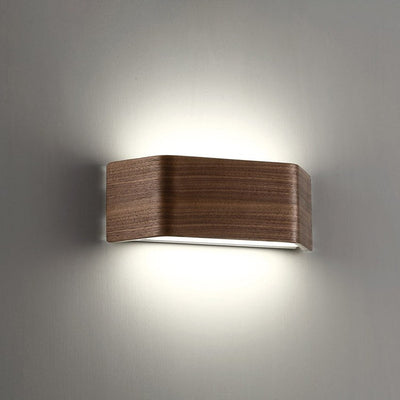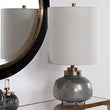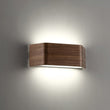Lighting
How to Choose the Right Size Chandelier
A beautiful chandelier can light up a room both literally and figuratively by adding ambiance and style. When selecting the right chandelier for your home, you need to consider such factors as personal taste, light layering from other sources, placement in the room, and how a particular design will flatter your space. The size of the lighting fixture in relationship to the room also plays a significant role in the choice.
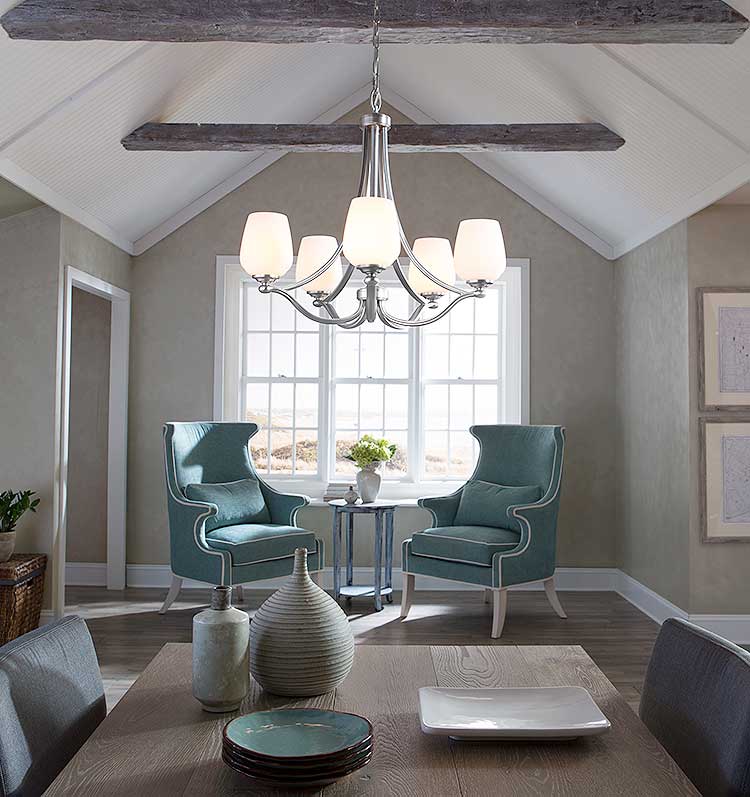
In addition to size, consider light layering from other sources, placement in the room, and how the chandelier will flatter your space.
Determining just the right chandelier size for a room can be a bit tricky. One that's too small will look lost amid the furnishings; one that's too big will completely overwhelm the space. To help ensure you select a chandelier that is in perfect proportion to its surroundings, here are a few tips on choosing the right size chandelier for your room.
Determining Chandelier Size
Before following the measurement guidelines given below, remember the style and visual weight of the chandelier will impact the overall look when selecting the size. A visually heavy light fixture can be a little smaller than the guidelines while a visually lighter one can be a little wider to ensure overall balance in its appearance once installed in the room.
The first step in determining the correct chandelier size is take measurements of the specific room. You will need to measure:
- Length and width of the room to determine the chandelier width
- Ceiling height to determine the chandelier height
- Ceiling to table to determine the chain or stem length
How wide should it be?
To determine the chandelier's width, add the length and width measurements of the room together and convert the total to inches. This measurement should roughly equal the ideal width or diameter of the chandelier based on a standard 8-foot ceiling height. For example, if your room measures 12 feet x 12 feet or 10 feet x 14 feet, a 24 inches diameter chandelier is the best fit to complement this space, but anything from 22 to 27 inches will work.
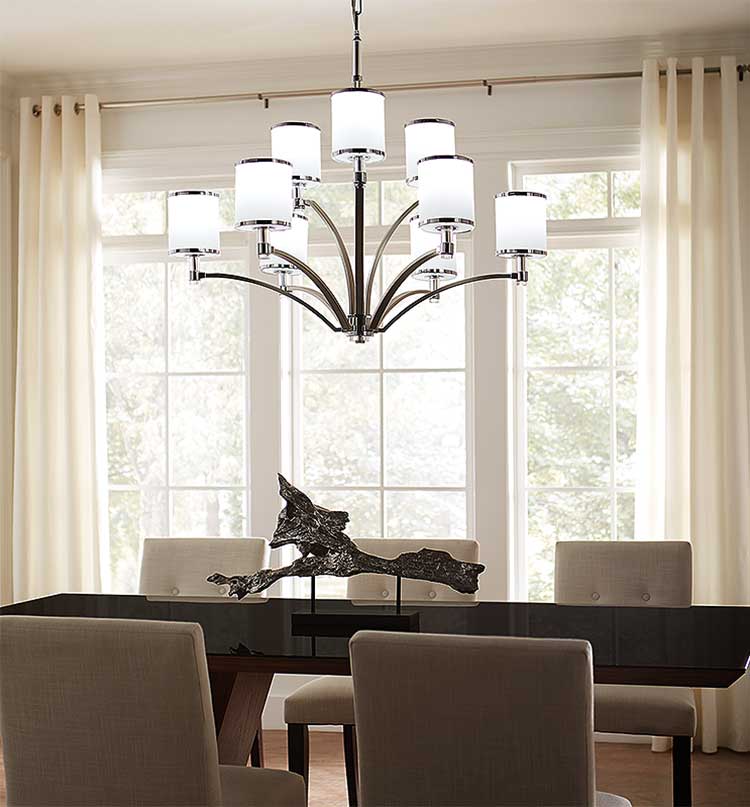
The size of your dining room table and room will determine what size chandelier looks best.
If the fixture will hang over a dining room table, you will also need to take the size of the table into account. Generally speaking, the chandelier width should be one-half to two-thirds the width of the table. If you are hanging the chandelier in a hall or entry with minimal furnishings or a very high ceiling, you can probably go a little larger to keep the proportional relationship in balance. Don't be afraid to trust your eye when evaluating the overall appearance as proportions will vary by style.
How high should it be?
To determine the chandelier's height, take the measurement of the room from floor to ceiling at the installation site. Installation should be at least four feet away from any adjacent walls. For every foot, estimate 2-1/2 to 3 inches of chandelier height. Multiply the ceiling height by the estimated chandelier height. Convert the measurement to inches to get the ideal chandelier height. Again, the height range can be adjusted accordingly based on other factors such as style, furnishings, and overall look in comparison.
How far down should it hang?
The chandelier should hang low enough to provide ample light but high enough to stay out of the way. No one wants to hit their head when they get up from the table. For over a table, it's a good rule of thumb to keep the bottom of the chandelier between 30 and 36 inches above the table top. If your ceiling is higher than eight feet, the recommended clearance is 36 to 40 inches above the table.
If you are hanging the lighting fixture where people will walk under it, the lowest part of the light should be at least 7 feet above the floor. In a tall foyer, you should hang it higher, about 10 feet or more overhead.
Other Factors to Consider
How much does it weigh?
Depending on its size and construction, a chandelier can be heavier than other types of light fixtures, especially if it has lead crystals or hefty metal armature. Thus, their weight needs to be factored into your installation plans. If your fixture weighs more than 15 pounds, you will need to install a special electrical box that is rated for ceiling fan support to ensure it can withstand the additional weight. These boxes are rated to hold fixtures that weigh up to 150 pounds. If your chandelier is over this amount, you will need to use special mounting hardware which is usually supplied with the fixture. The junction box should also be securely attached to a ceiling joist when installing heavier chandeliers.
Location, location, location
Placement within a room and its relative position compared to other furnishings should be taken into account along with the basic measurements.
Open floor plan
Usually, open floor plans are divided into separate spaces based on their use by placement of furniture, such as a sitting area, a breakfast nook, or office station within a larger room. Within large, open rooms, the lighting fixture looks best if centered over a living space especially if the chandelier will be the primary source of light.

Center a living room chandelier over your coffee table for best results.
Living room
When hanging a chandelier or pendant light in your main living room or family room, the fixture will look best if centered over the coffee table since sofas and chairs are usually grouped around this piece of furniture. Even when placed over the coffee table, the chandelier should still allow at least seven feet of space from the top of the table to the bottom of the lighting fixture.
Bathroom
If the chandelier is centered over a tub, allow approximately eight feet of clearance from the edge of the tub to the ceiling. Determine the size of the lighting fixture by taking one-third the length of the tub. For a chandelier that is centered in the room, mount it at least three feet away from the tub if room size allows. Also, use only wet or damp-rated fixtures in the bathroom.
Hallways
When used as hallway lighting, a chandelier should be installed at the center of the hallway with a minimum clearance of eight feet from the floor to the bottom of the fixture to allow plenty of head room. For long hallways that require more than one chandelier, mount the fixtures spaced about eight to ten feet apart. The width of the hallway will determine the size of the chandelier. Each foot in hallway width should equal 2 t0 2.5 inches in chandelier diameter.
Foyer or entryway
If your foyer has a table, center the chandelier over it or in the middle of the room. Use the table as a guide for determining the size of your chandelier much as you would with a dining room table. If the table is against a wall, center the chandelier over the middle of the room and use coordinating or matching wall sconces as accents on each side of the table.

Several factors come into place when installing a foyer chandelier.
Two-story foyer or large foyer with a staircase
If you are fortunate enough to have a grand entry way or large, two-story foyer in your home, you can install a larger, multi-tiered chandelier for maximum visual impact. Some designers recommend hanging the chandelier slightly lower than the top of the staircase, that way the top of the lighting fixture would be at eye level when you are at the second-floor landing. Others suggest hanging the chandelier independent of other furnishings or installing it in relation to particular architectural features such as a window or doorway. There are no hard and fast rules. Take all these factors into account, but focus most on the overall style, visual effect, and the balance a specific light brings to a room. You'll know it's right when you see it.
Once you determine the size chandelier or lighting fixture you need, you can shop for various styles to suit your décor and personal tastes. For more ideas for lighting fixtures, check out Riverbend Home's great selection of chandeliers, pendants, ceiling fans, foyer lights, and flush and semi-flush mount ceiling lights.




